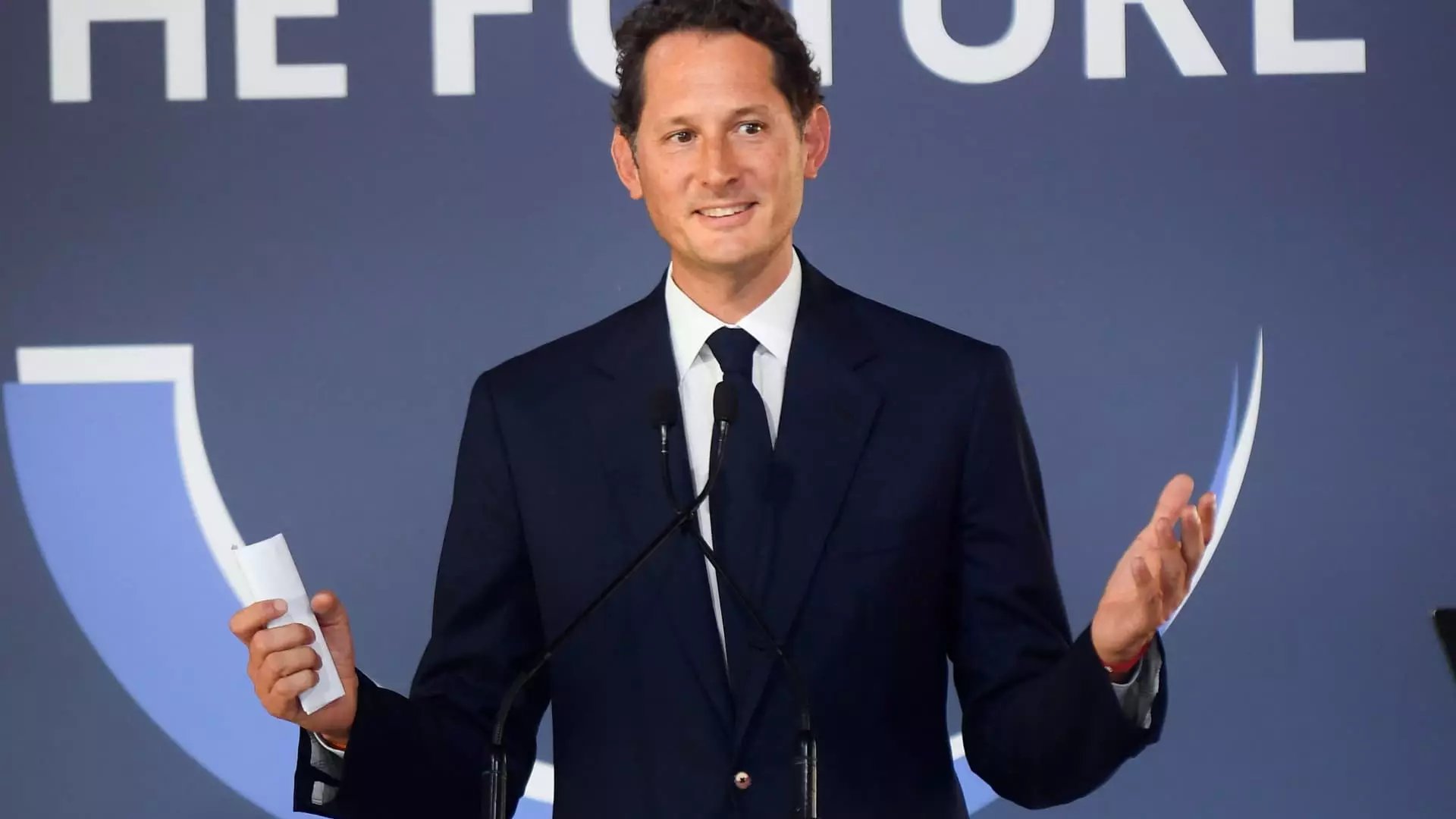As the automotive industry navigates a rapidly changing landscape, Stellantis has announced ambitious plans for significant investments in the United States. Following a critical meeting between Stellantis Chairman John Elkann and former President Donald Trump, the company outlined a strategy aimed at rejuvenating its American operations and bolstering job creation. This article delves into the implications of these plans, the context surrounding them, and what they suggest about the future of Stellantis and the wider automotive sector.
Stellantis has set forth a multifaceted approach to reinforce its manufacturing presence in the U.S., with plans that include the creation of 1,500 jobs and the reopening of a plant in Illinois dedicated to producing a new midsize pickup truck by 2027. This shift not only represents the company’s commitment to maintaining its historical ties to the American market but also reflects a strategic pivot in response to the evolving demands and preferences of consumers.
Additionally, the decision to develop a new version of the Dodge Durango SUV in Detroit, instead of Mexico as initially considered, signifies a renewed focus on domestic production. This move could have lasting implications for local economies and labor markets as Stellantis aims to repatriate jobs and enhance operational stability within the region.
The announcements regarding Stellantis’s investment plans arrived in tandem with renewed energy within the United Auto Workers (UAW). UAW President Shawn Fain hailed these developments as a significant victory for labor, emphasizing the essential role of unified worker advocacy in holding large corporations accountable. Prior tensions regarding job cuts and the uncertainties surrounding production plans had exacerbated divisions between the union and company management.
Fain’s statement reflects a broader narrative in which labor movements are increasingly asserting their influence in negotiations with major corporations. The UAW’s push for accountability serves as a reminder of the importance of fair labor practices, ownership in production, and the economic welfare of American workers. This newfound momentum in labor relations may signal a shift towards greater corporate transparency and accountability in how such companies approach key decisions involving their workforce.
Elkann is now steering Stellantis during a period of transition, following the unexpected departure of former CEO Carlos Tavares amidst declining profits and market share. This leadership change raises questions about the company’s future vision and the strategies that will be implemented moving forward. Elkann’s interactions with Trump and high-ranking administration officials could be a calculated effort to align Stellantis with favorable regulatory and economic policies.
These engagements signal the vital intersection of politics and industry, where corporate leaders seek to leverage governmental relationships to enhance business prospects. As Elkann concurrently leads Ferrari and navigates complex dynamics within Stellantis, industry observers will be monitoring how these interactions impact the company’s positioning in an increasingly competitive market.
In tandem with its investment in workforce and manufacturing facilities, Stellantis’s commitment to technological innovation is noteworthy. The strategic plans involve multi-billion-dollar investments in innovative technologies that not only enhance production capabilities but also push the envelope in terms of product reliability and consumer satisfaction. Such initiatives are critical as the car manufacturing landscape shifts toward sustainability, tech integration, and electrification.
Particularly, advancements in components for models like the Jeep Wrangler and Gladiator are essential to ensuring Stellantis remains competitive in the growing SUV market. The emphasis on producing a new four-cylinder engine in Indiana further demonstrates Stellantis’s ambition to innovate and adapt. In a business culture that increasingly prioritizes environmental responsibility, this transition towards more efficient and sustainable production methods may serve as a cornerstone for the company’s future trajectory.
Stellantis stands at a crossroads, fueled by comprehensive plans to enhance its American investment landscape while simultaneously fostering a stronger relationship with its workforce and the automotive union landscape. As it embarks on this ambitious strategy of re-investment and technological advancement, stakeholders will be keenly watching how the company navigates challenges, cultivates labor relations, and ultimately, attempts to reclaim its market share in a fiercely competitive automotive arena. The future of Stellantis may well hinge on its ability to execute these plans effectively while remaining responsive to the evolving needs of the industry and its workforce.


Leave a Reply